Huaishu Peng
Cybernetic Marionette: Channeling Collective Agency Through a Wearable Robot in a Live Dancer-Robot Duet
Jun 11, 2025Abstract:We describe DANCE^2, an interactive dance performance in which audience members channel their collective agency into a dancer-robot duet by voting on the behavior of a wearable robot affixed to the dancer's body. At key moments during the performance, the audience is invited to either continue the choreography or override it, shaping the unfolding interaction through real-time collective input. While post-performance surveys revealed that participants felt their choices meaningfully influenced the performance, voting data across four public performances exhibited strikingly consistent patterns. This tension between what audience members do, what they feel, and what actually changes highlights a complex interplay between agentive behavior, the experience of agency, and power. We reflect on how choreography, interaction design, and the structure of the performance mediate this relationship, offering a live analogy for algorithmically curated digital systems where agency is felt, but not exercised.
PCB Renewal: Iterative Reuse of PCB Substrates for Sustainable Electronic Making
Feb 18, 2025Abstract:PCB (printed circuit board) substrates are often single-use, leading to material waste in electronics making. We introduce PCB Renewal, a novel technique that "erases" and "reconfigures" PCB traces by selectively depositing conductive epoxy onto outdated areas, transforming isolated paths into conductive planes that support new traces. We present the PCB Renewal workflow, evaluate its electrical performance and mechanical durability, and model its sustainability impact, including material usage, cost, energy consumption, and time savings. We develop a software plug-in that guides epoxy deposition, generates updated PCB profiles, and calculates resource usage. To demonstrate PCB Renewal's effectiveness and versatility, we repurpose a single PCB across four design iterations spanning three projects: a camera roller, a WiFi radio, and an ESPboy game console. We also show how an outsourced double-layer PCB can be reconfigured, transforming it from an LED watch to an interactive cat toy. The paper concludes with limitations and future directions.
The Design of On-Body Robots for Older Adults
Feb 04, 2025



Abstract:Wearable technology has significantly improved the quality of life for older adults, and the emergence of on-body, movable robots presents new opportunities to further enhance well-being. Yet, the interaction design for these robots remains under-explored, particularly from the perspective of older adults. We present findings from a two-phase co-design process involving 13 older adults to uncover design principles for on-body robots for this population. We identify a rich spectrum of potential applications and characterize a design space to inform how on-body robots should be built for older adults. Our findings highlight the importance of considering factors like co-presence, embodiment, and multi-modal communication. Our work offers design insights to facilitate the integration of on-body robots into daily life and underscores the value of involving older adults in the co-design process to promote usability and acceptance of emerging wearable robotic technologies.
SHARE: Single-view Human Adversarial REconstruction
Dec 30, 2023Abstract:The accuracy of 3D Human Pose and Shape reconstruction (HPS) from an image is progressively improving. Yet, no known method is robust across all image distortion. To address issues due to variations of camera poses, we introduce SHARE, a novel fine-tuning method that utilizes adversarial data augmentation to enhance the robustness of existing HPS techniques. We perform a comprehensive analysis on the impact of camera poses on HPS reconstruction outcomes. We first generated large-scale image datasets captured systematically from diverse camera perspectives. We then established a mapping between camera poses and reconstruction errors as a continuous function that characterizes the relationship between camera poses and HPS quality. Leveraging this representation, we introduce RoME (Regions of Maximal Error), a novel sampling technique for our adversarial fine-tuning method. The SHARE framework is generalizable across various single-view HPS methods and we demonstrate its performance on HMR, SPIN, PARE, CLIFF and ExPose. Our results illustrate a reduction in mean joint errors across single-view HPS techniques, for images captured from multiple camera positions without compromising their baseline performance. In many challenging cases, our method surpasses the performance of existing models, highlighting its practical significance for diverse real-world applications.
Toucha11y: Making Inaccessible Public Touchscreens Accessible
May 06, 2023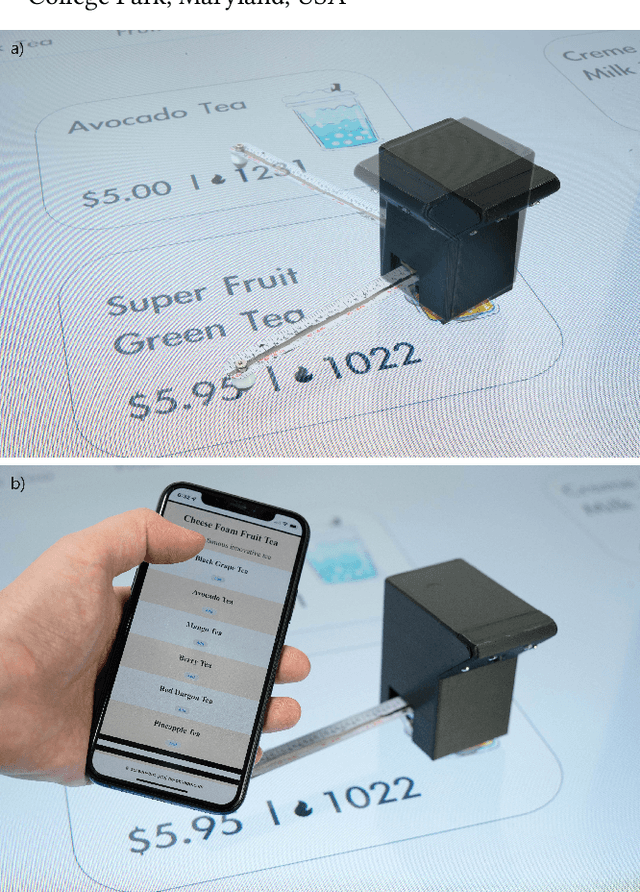
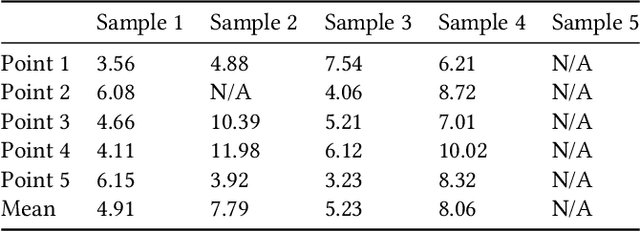
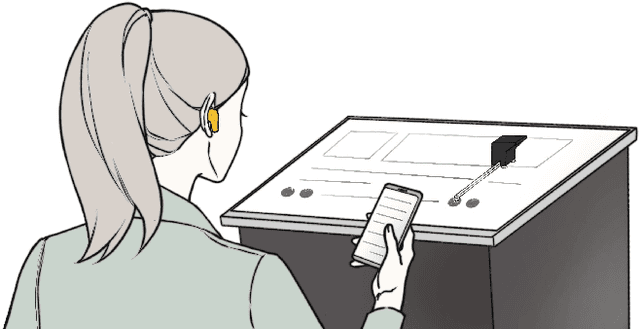

Abstract:Despite their growing popularity, many public kiosks with touchscreens are inaccessible to blind people. Toucha11y is a working prototype that allows blind users to use existing inaccessible touchscreen kiosks independently and with little effort. Toucha11y consists of a mechanical bot that can be instrumented to an arbitrary touchscreen kiosk by a blind user and a companion app on their smartphone. The bot, once attached to a touchscreen, will recognize its content, retrieve the corresponding information from a database, and render it on the user's smartphone. As a result, a blind person can use the smartphone's built-in accessibility features to access content and make selections. The mechanical bot will detect and activate the corresponding touchscreen interface. We present the system design of Toucha11y along with a series of technical evaluations. Through a user study, we found out that Toucha11y could help blind users operate inaccessible touchscreen devices.
Calico: Relocatable On-cloth Wearables with Fast, Reliable, and Precise Locomotion
Aug 17, 2022


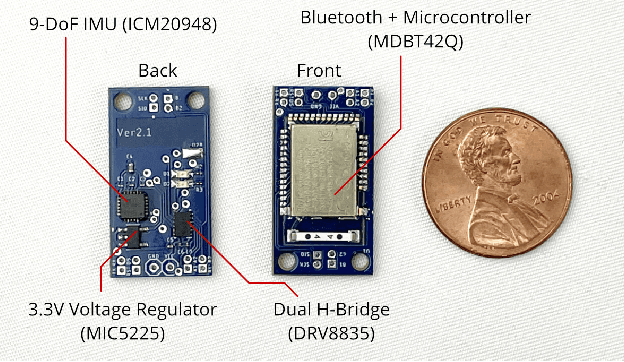
Abstract:We explore Calico, a miniature relocatable wearable system with fast and precise locomotion for on-body interaction, actuation and sensing. Calico consists of a two-wheel robot and an on-cloth track mechanism or "railway," on which the robot travels. The robot is self-contained, small in size, and has additional sensor expansion options. The track system allows the robot to move along the user's body and reach any predetermined location. It also includes rotational switches to enable complex routing options when diverging tracks are presented. We report the design and implementation of Calico with a series of technical evaluations for system performance. We then present a few application scenarios, and user studies to understand the potential of Calico as a dance trainer and also explore the qualitative perception of our scenarios to inform future research in this space.
Metal Blossom: Laser Forming Complex and Freeform Metal Structures Imitating Flower Blooming
Nov 30, 2021
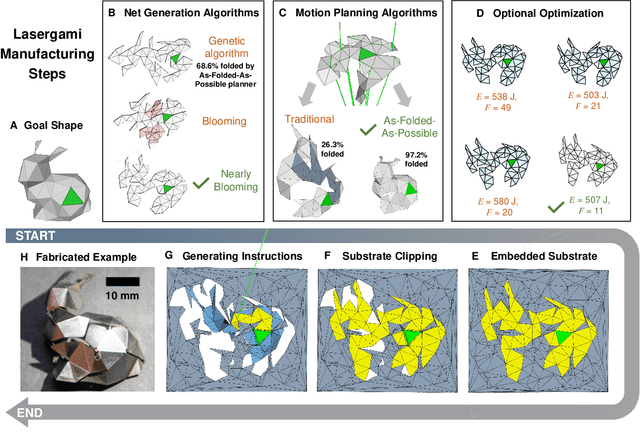
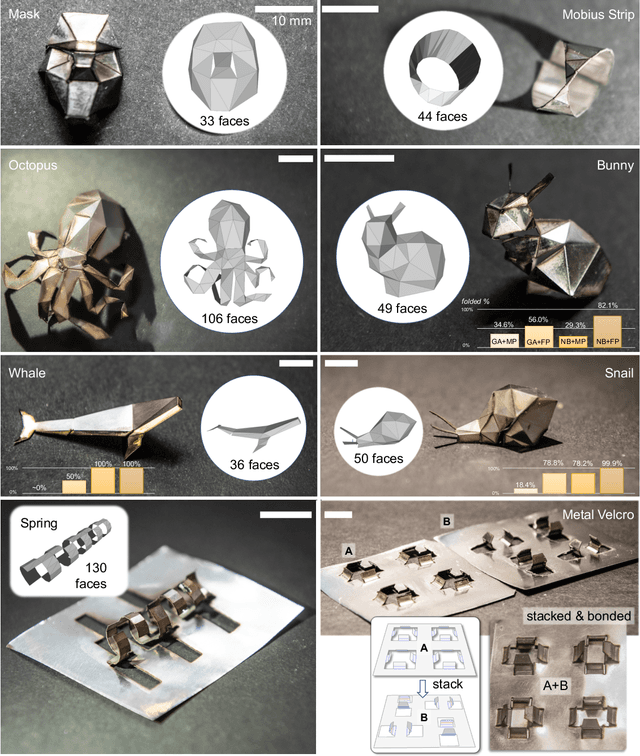
Abstract:For centuries, human civilizations devised metal forming techniques to make tools and items; yet, customized metal forming remains costly and intricate. Laser-forming origami} (lasergami) is a metal forming process where a laser beam cuts and folds a planar metal sheet to form a three-dimensional (3D) shape. Designing foldable structures formable by lasers, however, has long been a trial-and-error practice that requires significant mental effort and hinders the possibility of creating practical structures. This work demonstrates for the first time that lasergami can form a freeform set of metallic structures previously believed to have been impossible to be laser-formed. This technological breakthrough is enabled by new computational origami methods that imitate flower blooming and optimize laser folding instructions. Combined with new ideas that address laser line of sight and minimize fabrication energy, we report a low-cost manufacturing framework that can be readily adopted by hobbyists and professionals alike.
 Add to Chrome
Add to Chrome Add to Firefox
Add to Firefox Add to Edge
Add to Edge